10 Smokin’ Secrets of La Morena Chipotle Peppers: From Heat to History
Whether you’re a spice junkie, a food blogger, or just someone who’s looking to turn up the heat in your kitchen, La Morena Chipotle Peppers are probably already in your pantry — or should be! These smoky, fiery flavor bombs have been turning up the dial on dishes for decades. But how much do you really know about them?
In this article, we’ll take you behind the scenes of these iconic peppers — from their ancient roots to their modern-day kitchen stardom. Buckle up; it’s going to be a spicy ride.
Table of Contents
- The Smoky Origins of La Morena Chipotle Peppers
- What Makes Them So Unique? A Flavor Profile Breakdown
- How to Use La Morena Chipotle Peppers in Everyday Cooking
- Heat Level Showdown: Chipotle vs Other Spicy Contenders
- Proper Storage & Shelf Life: Keep the Fire Burning
- Looking for Substitutes? Here Are Your Best Bets
- Pro Tips: How to Handle La Morena Chipotle Peppers Like a Chef
- From Mexico to Main Street USA: The Cultural Reach of Chipotle
- Spice Pairing 101: What Flavors Go with Chipotle?
- Fun Facts You Probably Didn’t Know About La Morena Chipotle Peppers
🔥 The Smoky Origins of La Morena Chipotle Peppers
The name “chipotle” comes from the Nahuatl (Aztec) word chilpoctli, meaning “smoked chili.” Long before supermarkets and canned goods, Aztecs were drying and smoking jalapeños to preserve them and enhance their flavor.
Fast forward to the 20th century — La Morena, a U.S.-based brand, popularized canned chipotle peppers in adobo sauce. Today, they remain one of the most accessible and beloved ways to bring that signature smoky heat into home kitchens across the globe.
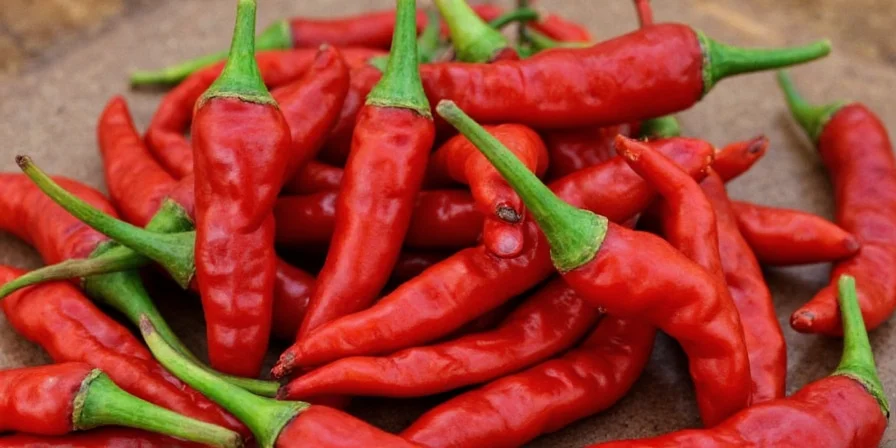
🧄 What Makes Them So Unique? A Flavor Profile Breakdown
Flavor-wise, chipotle peppers are like the rock stars of the chili world. They deliver:
- Smokiness: Thanks to the slow-drying process over wood fires.
- Heat: Mild to moderate spiciness (2,500–8,000 Scoville units).
- Savory Depth: Enhanced by the tangy, garlicky adobo sauce they come packed in.
This trifecta makes them incredibly versatile — not just spicy, but complex and satisfying.
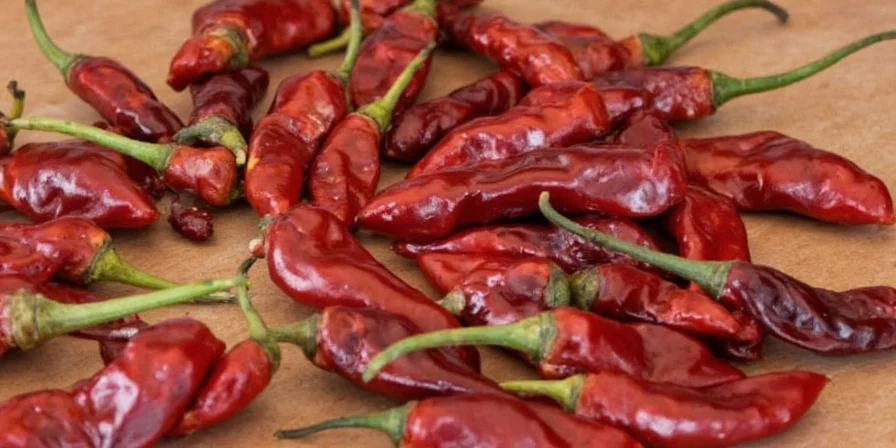
🍲 How to Use La Morena Chipotle Peppers in Everyday Cooking
If you're only using chipotle peppers for chili or tacos, you're missing out. Here are some under-the-radar uses:
- Add to mayo or sour cream for an instant smoky dip
- Blend into marinara for a spicy pizza base
- Whisk into BBQ sauce for extra depth
- Muddle into cocktails like Bloody Marys or margaritas
- Stir into soups or stews for a subtle kick
Pro Tip: Don’t toss the adobo sauce — it’s pure liquid gold!
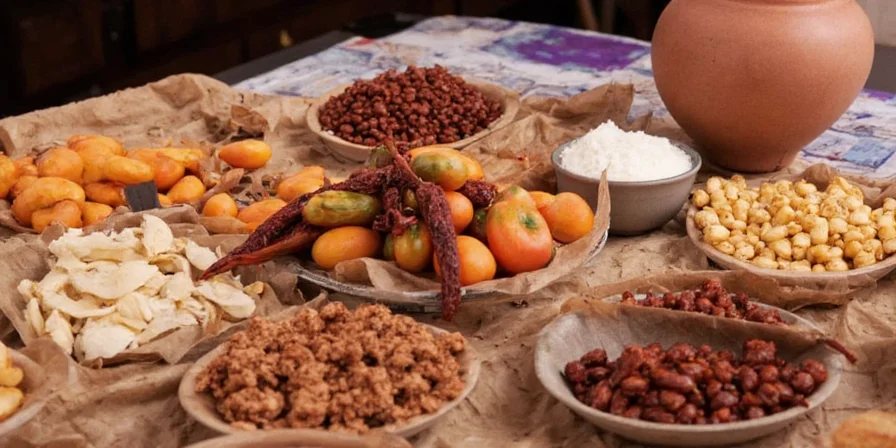
🌶️ Heat Level Showdown: Chipotle vs Other Spicy Contenders
Curious how chipotle peppers stack up against other hot stuff? Here's a quick comparison:
| Pepper | Scoville Units | Flavor Notes |
|---|---|---|
| Chipotle | 2,500–8,000 | Smoky, earthy |
| Jalapeño | 2,500–8,000 | Fresh, grassy |
| Habanero | 100,000–350,000 | Fruity, floral |
| Ghost Pepper | ~1,000,000 | Burns fast, burns deep |
So while chipotles aren't the hottest, they definitely win in the flavor department.
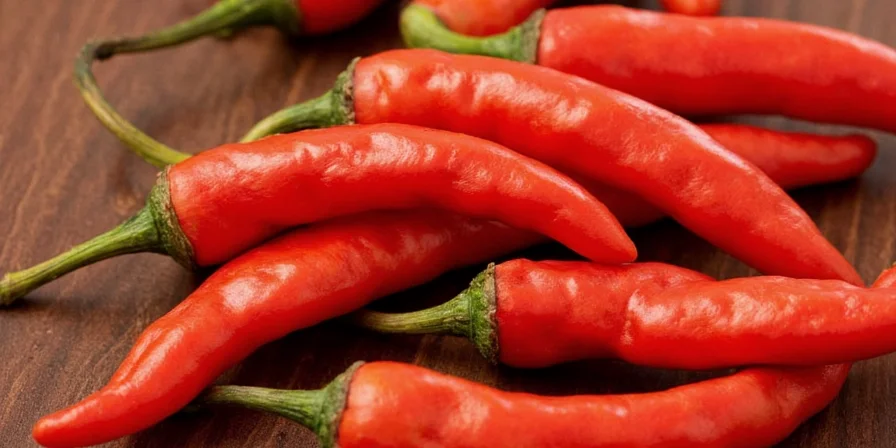
📦 Proper Storage & Shelf Life: Keep the Fire Burning
Once opened, chipotle peppers can last in the fridge for up to two weeks — if you store them properly. Here’s how to make the most of every smoky bite:
- Keep them submerged in adobo sauce
- Store in an airtight container
- Freeze whole peppers in a ziplock bag for up to 6 months
- Dry them out and grind into powder for homemade chipotle seasoning
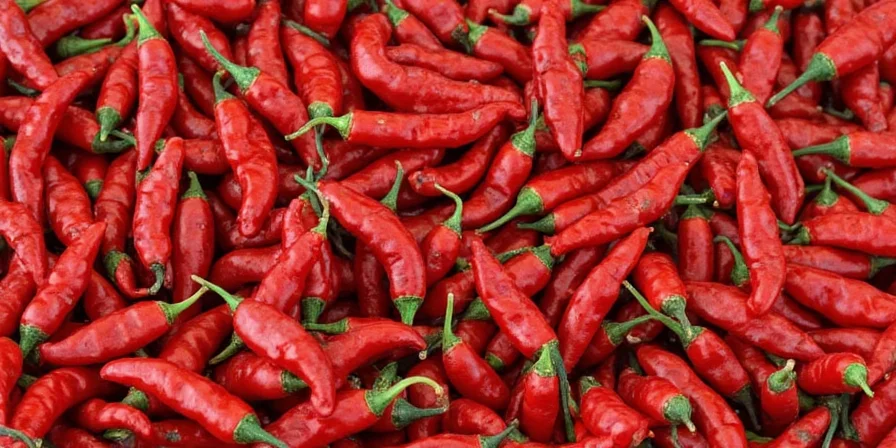
🔁 Looking for Substitutes? Here Are Your Best Bets
Ran out of chipotles? No worries. Try these alternatives depending on what you’re cooking:
- Pasilla Peppers: For that rich, earthy note without the smoke.
- Smoked Paprika + Jalapeño: If you want to mimic both heat and smokiness.
- Guajillo Peppers: Slightly milder but still complex.
- Tabasco Chipotle Sauce: Quick and easy way to add flavor without texture.
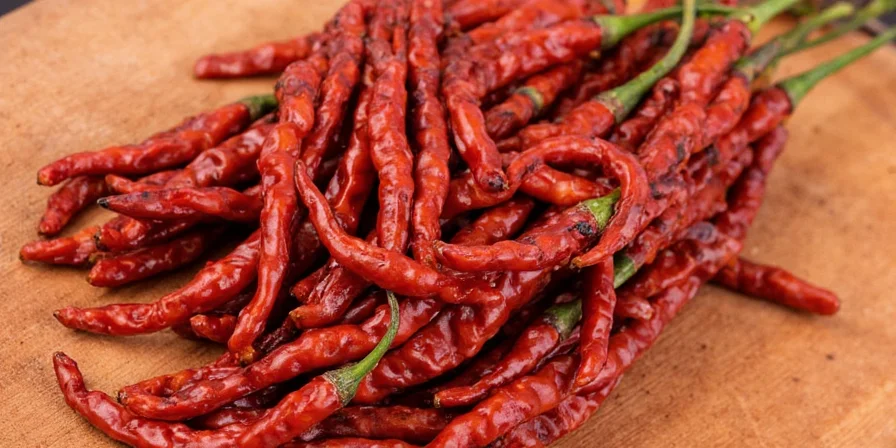
👩🍳 Pro Tips: How to Handle La Morena Chipotle Peppers Like a Chef
Working with chipotles can get messy — and sometimes even painful if you’re not careful. Here’s how to stay safe and smart:
- Use gloves: Capsaicin doesn’t care if you’re a pro — it will burn.
- Remove seeds and veins: To reduce heat without losing flavor.
- Chop finely: Ensures even distribution of flavor.
- Taste first: Every can varies slightly in heat level.
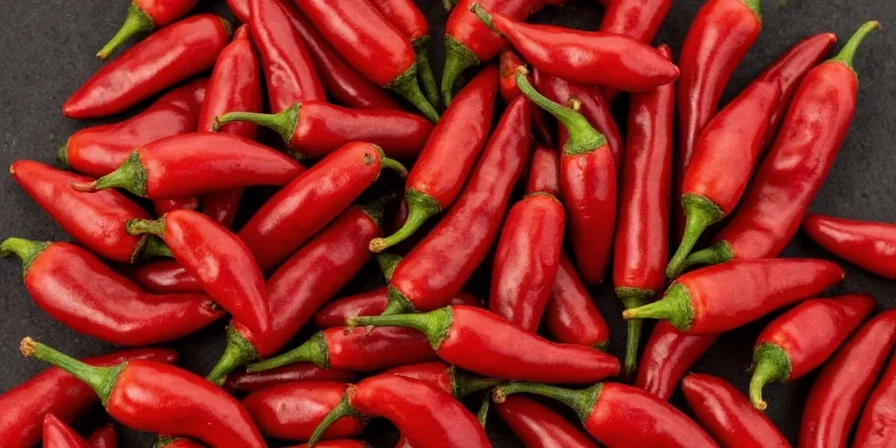
🌍 From Mexico to Main Street USA: The Cultural Reach of Chipotle
La Morena Chipotle Peppers didn’t become global stars by accident. Their popularity mirrors the rise of Mexican cuisine worldwide. From taco trucks in LA to gourmet restaurants in Paris, chipotle is now a staple flavor profile across cuisines.
And let’s not forget the role of brands like Chipotle Mexican Grill, which brought the term “chipotle” into everyday vocabulary for millions around the world.
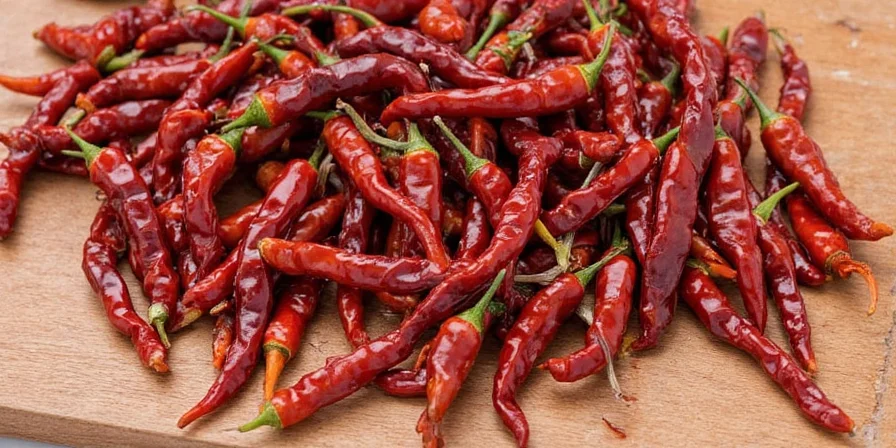
🍴 Spice Pairing 101: What Flavors Go with Chipotle?
Because chipotle is such a dynamic flavor, it pairs beautifully with a wide range of ingredients. Here’s a handy pairing guide:
| Ingredient | Why It Works |
|---|---|
| Chocolate | Dark chocolate enhances chipotle's smoky richness |
| Citrus | Lime or orange brighten the flavor and balance the heat |
| Avocado | Calms the heat and adds creamy texture |
| Cornbread | A sweet contrast that makes the spice pop |
| Cheese | Cotija, cheddar, or queso fresco all play well |
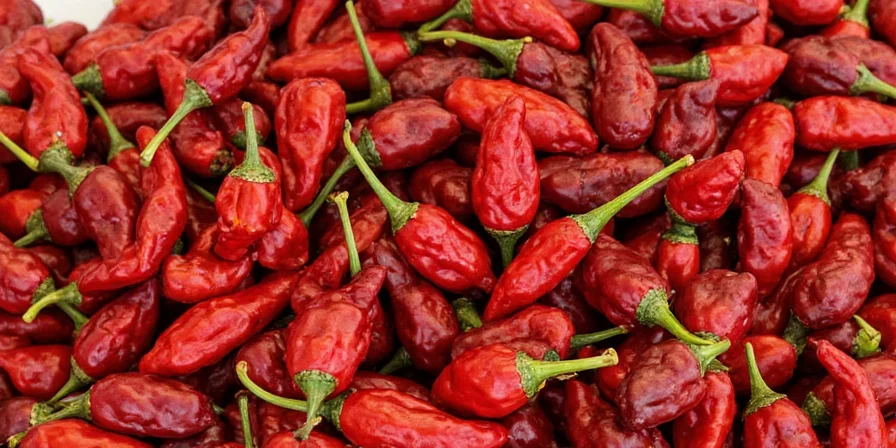
🧠 Fun Facts You Probably Didn’t Know About La Morena Chipotle Peppers
- The adobo sauce in the can often includes vinegar, garlic, cumin, oregano, and tomatoes — making it a mini-flavor bomb all on its own.
- La Morena has been producing chipotle peppers since the mid-20th century, long before spicy global flavors became trendy.
- You can find dried chipotle peppers, too — they're called “chilpotle en polvo” when ground into powder.
- Chipotle peppers were once considered a luxury item — only used in special ceremonial dishes.
- Some chefs use chipotle in desserts — especially brownies and mole sauces!
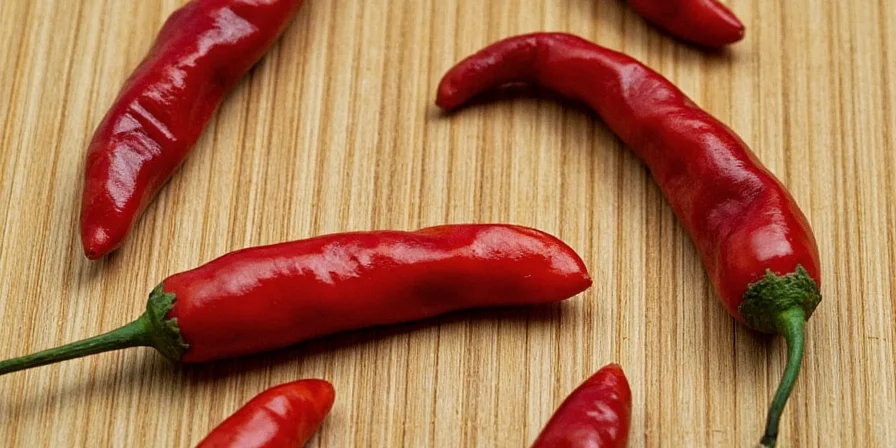
Conclusion
From their ancient origins to their current culinary ubiquity, La Morena Chipotle Peppers have earned their place as a kitchen essential. Whether you’re jazzing up a simple sandwich or creating a complex stew, these little guys pack a punch and a story in every bite.
So next time you open that can, remember — you're not just adding spice. You're unlocking centuries of flavor tradition, a splash of global culture, and a whole lot of deliciousness.
Now go forth and spice responsibly.











 浙公网安备
33010002000092号
浙公网安备
33010002000092号 浙B2-20120091-4
浙B2-20120091-4